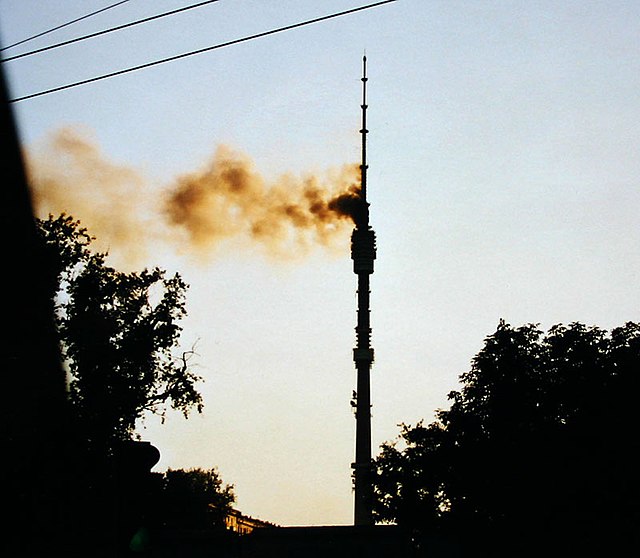The Brooklyn Theatre fire was a catastrophic theatre fire that broke out on the evening of December 5, 1876, in the city of Brooklyn. The fire took place at the Brooklyn Theatre, near the corner of Washington and Johnson streets, with over 1,000 guests attending. The conflagration killed at least 278 individuals, with some accounts reporting more than 300 dead. 103 unidentified victims were interred in a common grave at Green-Wood Cemetery, marked by an obelisk, while more than two dozen identified victims were interred individually in separate sections at the Cemetery of the Evergreens in Brooklyn.
Brooklyn Theatre from Johnson Street, shortly after December 5, 1876, fire
Washington Street entrance before the fire, looking north toward Johnson Street. The theatre is distinguished by its mansard roof; its L-shaped lot wrapped around the Dieter Hotel, here partially obscured by trees.
The Washington Street entrance shortly after the fire. A crowd has congregated in front of the First Precinct station house, one door south, possibly to inquire after missing people or to file reports
Relics of victims laid out for identification at Brooklyn Police Headquarters
A conflagration is a large fire. Conflagrations often damage human life, animal life, health, and/or property. A conflagration can begin accidentally or be intentionally created (arson). A very large fire can produce a firestorm, in which the central column of rising heated air induces strong inward winds, which supply oxygen to the fire. Conflagrations can cause casualties including deaths or injuries from burns, trauma due to collapse of structures and attempts to escape, and smoke inhalation.
The August Complex fire in 2020, the largest fire in California's history
Burned trees in front the Montagna di Vernà, Peloritani mountains, Sicily
Ostankino Tower fire
A fire in New Orleans after Hurricane Katrina








